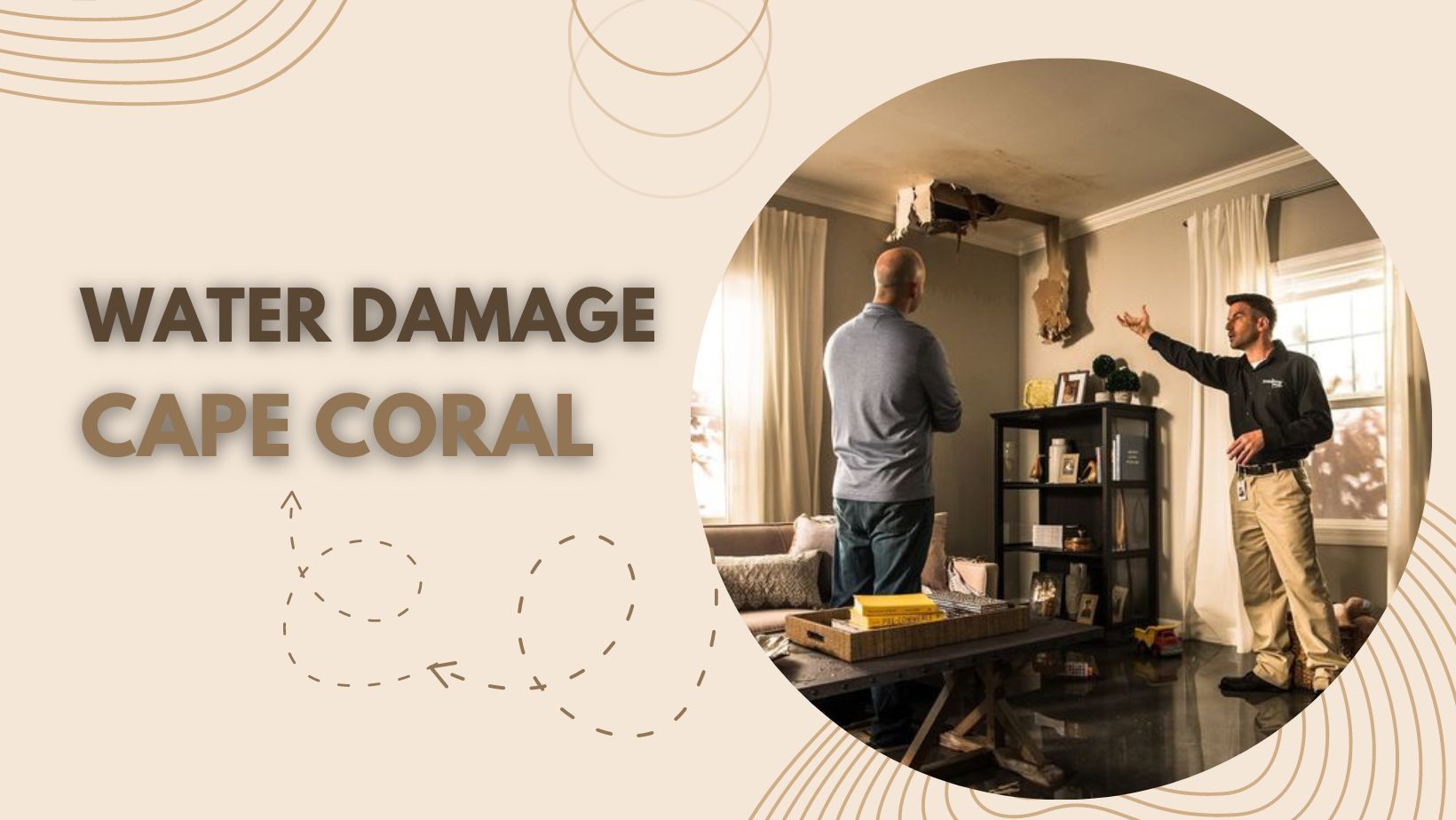Water damage is a vital concern for residents and communities in Cape Coral, Florida. The city is vulnerable to heavy rains, cyclones, and flooding due to its closeness to the Gulf of Mexico and its high water table. However, technological advancements have transformed how people approach water damage detection and prevention. A brief of technology advancements used in water damage in Cape Coral is as follows,
Smart Water Sensors and Leak Detection Systems
Smart Water Sensors and Leak Detection Systems are the most effective tools in early water damage detection. The manufacturers design them in such a manner that they monitor water levels and humidity and detect leaks in real time. When the devices notice a leak or abnormal water presence, they send alerts to homeowners or caretakers, enabling prompt action to mitigate the damage. Homeowners can install such systems in basements, crawl spaces, bathrooms, kitchens, and other areas prone to leaks.
Weather Monitoring and Forecasting
Precise weather monitoring and forecasting are essential for predicting heavy rainfall and potential flooding in beach areas. The weather forecast department uses advanced weather technologies such as Doppler radar and satellite imagery and provides real-time information regarding impending weather conditions. The advanced information helps residents and authorities take timely preventive measures such as reinforcing flood barriers, implementing evacuation plans, and safeguarding properties.
Remote Monitoring and Surveillance
Remote monitoring and surveillance systems are invaluable in preventing water damage Cape Coral. They use cameras, sensors, and connected devices to monitor vulnerable areas, such as dams, canals, drainage systems, and flood-prone regions. Their constant data flow enables authorities to access the situation remotely, detect any signs of failure or blockage, and take immediate action to prevent flooding or mitigate its effects.
Building Information Modeling (BIM)
This technology creates digital models of buildings and infrastructure. It allows architects, engineers, and builders to simulate and analyze potential water flow scenarios, identify weak points, and design more effective drainage systems. BIM incorporates accurate topographic data and hydrological modeling and helps build resilient structures, reducing the risk of water damage in Cape Coral.
Mobile Apps And Alert Systems
The residents can obtain real-time information and updates regarding water levels, flood warnings, evacuation plans, and emergency services with their mobile apps and alert systems. The apps help them stay updated, allowing them to make informed decisions and take necessary precautions during emergencies. They also help authorities disseminate important information quickly and efficiently.
IoT and Automation
The Internet of Things (IoT) has changed how people interact with their homes and buildings. Many smart sensor and leak detection systems offer remote monitoring capabilities wherein the user can access real-time data and receive alerts from anywhere through their gadgets. Homeowners can integrate IoT-enabled devices with home automation systems and link them with automatic shut-off valves that cut off the water supply on leak detection. IoT can integrate weather monitoring and surveillance systems to prevent water damage, Cape Coral.
Conclusion
Technology is a powerful ally of humankind in its fight against water damage, Cape Coral. By leveraging the technology advancements mentioned above, people can safeguard their belongings, mitigate risks, and minimize adverse impacts. However, in some situations, water damage occurs even after taking sufficient proactive measures. In such scenarios, Service Master Restorations provides all property restoration services in response to water damage caused by natural calamities or human errors.




